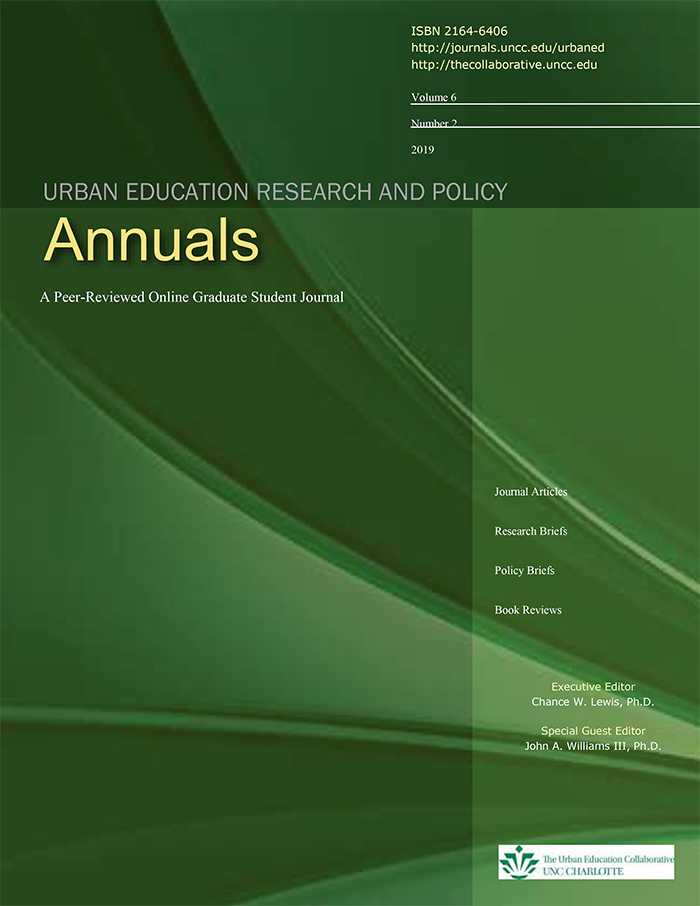Language or Cognition? Using Culturally Responsive Teaching with English Language Learners
DOI:
https://doi.org/10.55370/uerpa.v6i2.896Abstract
This paper looks into the population of English language learners and the benefits of culturally responsive teaching in addressing their needs. Urban schools are becoming increasingly diverse. Students from a variety of cultural and linguistic backgrounds are entering classrooms and being taught by White, middle class, monolingual teachers (Landsman & Lewis, 2012). Engagement and motivation are integral parts of ensuring the academic success of diverse students. Therefore, teachers must find ways to understand and relate to their students’ backgrounds in an effort to increase student achievement. Culturally responsive teaching amongst English language learners allows teachers to use students’ linguistic diversity as an asset to their learning instead of as a limitation. This paper recognizes the presence of an achievement and opportunity gap between English language learners and their peers on high-stakes tests. The increased presence of English language learners in mainstream classrooms is making it necessary for teacher preparation programs at the college/university level to address their cultural and linguistic needs. This paper explores the concept of culturally responsive teaching as a way of ensuring the academic success of English language learners. Keywords: English language learners, culturally responsive teaching, diversityPublished
2019-07-03
Issue
Section
Journal Articles





